What is a Natural Disaster?
 Michael Anissimov
Michael Anissimov
A natural disaster is an event with a natural, as opposed to human, cause that results in large-scale loss of life or damage to property. It could be related to weather, geology, biology or even factors outside the Earth. Examples are earthquakes, hurricanes, droughts and flooding. Disease epidemics are sometimes considered natural disasters, but may be put into a different category. In some cases, natural and human factors may combine to produce a disaster.
Weather and Climate
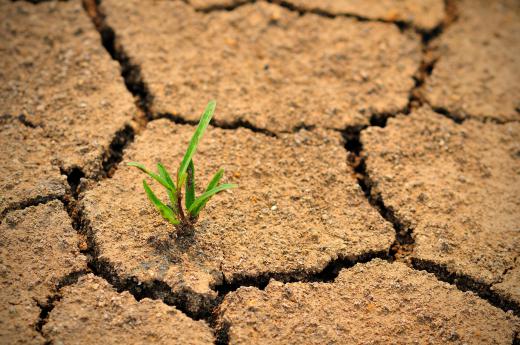
The planet’s weather produces disasters on a fairly regular basis. Hurricanes, also known as cyclones, are among the most prominent natural disasters, occurring quite frequently in the warmer parts of the world. They begin as low-pressure areas over warm oceans and grow into giant storms, hundreds of miles in diameter, that persist for several days. Their paths are fairly predictable, which gives forewarning to areas likely to be affected. Even so, they can cause substantial loss of life and millions of dollars of damage.

Tornadoes cover much smaller areas and may only last for a few minutes, but during that time they can cause devastation, due to the extremely high wind speeds. In the worst category of tornado, the winds can reach 300 mph (482.8 km/h). This is enough to completely destroy brick buildings and hurl automobiles through the air. Fortunately, tornadoes of this severity are relatively rare.
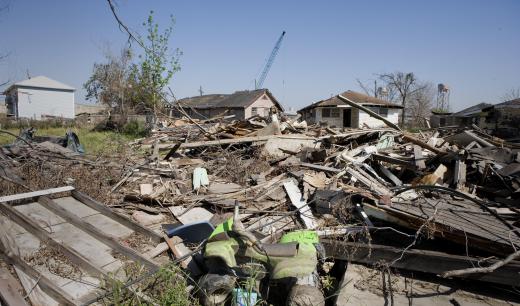
Much less spectacular, but much deadlier, are droughts. Many people living in drier parts of the world often rely on seasonal rainfall to grow crops. From time to time, however, the rains fail to arrive, due to fluctuations in the Earth’s climate. Prolonged lack of rainfall leads to crop failure, starvation and malnutrition, claiming millions of lives in some cases.
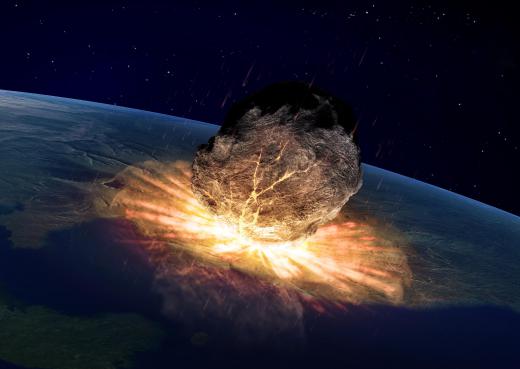
Excessive rainfall can cause flooding, which may result in large numbers of people losing their homes, crops being ruined or rivers bursting their banks and causing death and destruction. Flooding often results from the heavy rain that accompanies hurricanes, compounding the damage. Prolonged heavy rain can also cause disastrous landslides and mudslides.
Geological Disasters
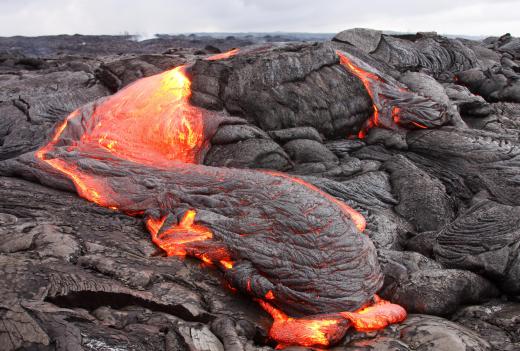
Earthquakes are among the most destructive natural disasters. They occur at or near fault lines: cracks in the Earth’s crust that mark the boundary between two different sections. When these sections move relative to one another, the resulting vibration produces an earthquake. Although old fault lines can occasionally produce small earthquakes, the most destructive ones occur in geologically active areas, near the boundaries of continental plates.
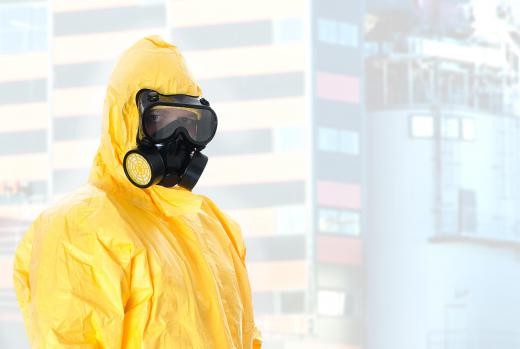
When an earthquake happens under the ocean, it may produce a tsunami, or huge wave, that travels rapidly outwards from its source. A tsunami can cause massive destruction to coastlines hundreds of miles away. These enormous waves can also be produced by landslides. There is concern that a future massive landslide on an unstable part of the island of La Palma in the Canary Isles may trigger a huge tsunami that would travel westward across the Atlantic, causing devastation to the east coast of America. This is, however, disputed by some geologists.
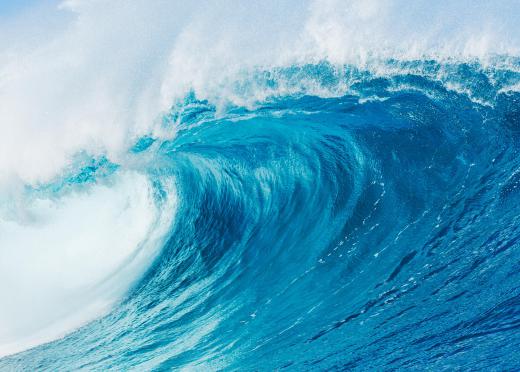
Volcanoes are related to earthquakes in that they occur in geologically active zones around plate boundaries. In these areas, magma, under pressure, is close to the surface and can erupt as lava. This may be of the “runny” type, which flows out relatively quietly and follows well-defined channels. Alternatively, it may be of the “sticky” type; this can solidify at the top of a volcano, causing pressure to build up until there is an explosive eruption.
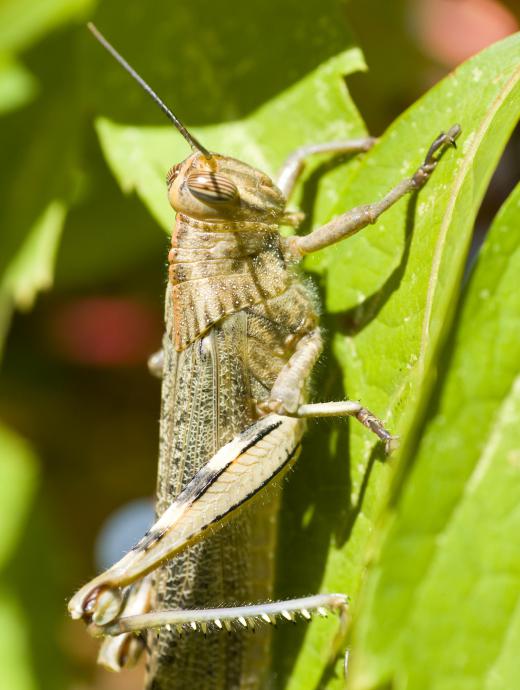
Much of the death and destruction from this kind of natural disaster results from volcanic ash, which can fill the air, making breathing impossible, and accumulate on rooftops, causing buildings to collapse under the weight. Pyroclastic flow is another major hazard associated with some volcanic eruptions. This consists of a mixture of hot gas, ash and rock fragments racing at high speed from the source of the eruption and destroying everything in its path.
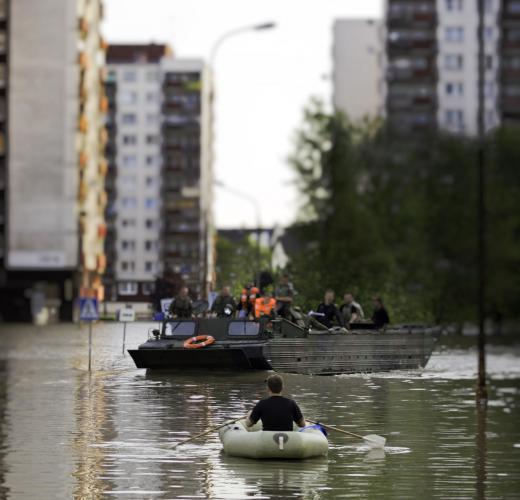
The biggest known volcanic natural disaster may have occurred in prehistoric times. Some scientists believe that the eruption of Mt. Toba in Indonesia over 73,000 years ago may have killed off most of the human species, leaving behind only 1,000 - 10,000 breeding pairs. This phenomenon, called a population bottleneck, has been confirmed through genetic analysis.
Diseases and other Biological Threats
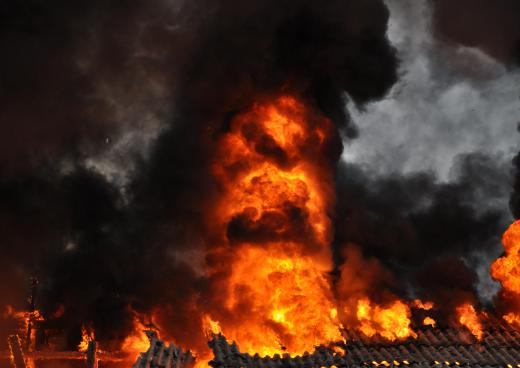
Disasters that affect humans can be caused by other organisms. Historically, there have been a number of outbreaks of serious disease that have affected huge areas and claimed many lives. One such example was the “black death,” a form of bubonic plague that affected much of Europe during the Middle Ages and may have reduced the population by 30-60%.
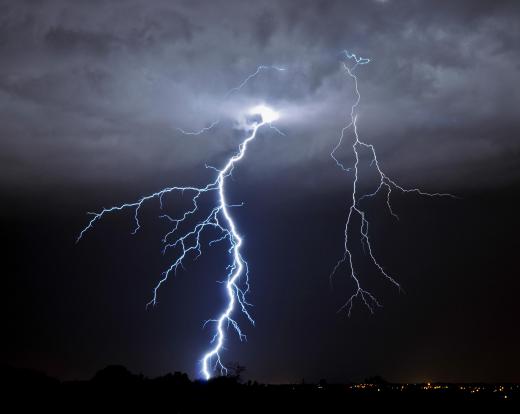
The Spanish flu epidemic of 1918-1919 is thought to have killed about 50 million people — more than World War I, which had occurred just before. The threat to humans from the emergence of a new and lethal strain of the influenza virus remains. Organisms that do not cause disease can occasionally cause disasters. Locusts, for example, can form huge swarms that can devour many acres of crops in a very short time, sometimes causing famine.
Disaster from Space
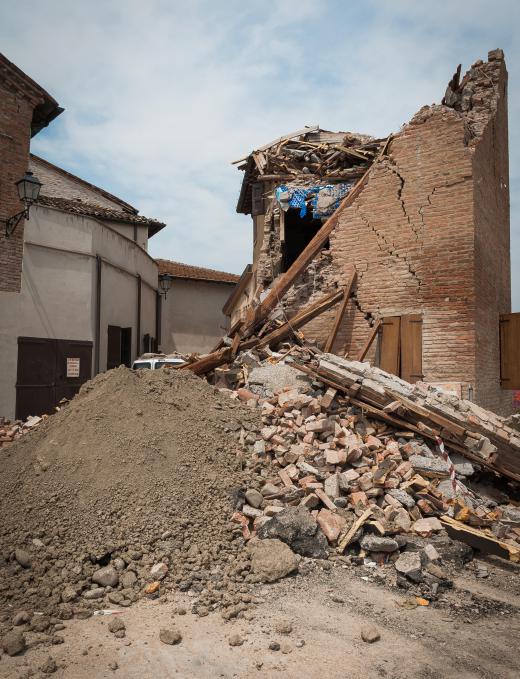
Although there are no documented cases of human fatalities resulting from meteorites or asteroids, they do pose a threat. The risk of a major impact in the near future is considered to be very low, but looking further ahead, the probability is greater. The Earth has certainly experienced such events in the past, as evidenced by obvious craters in many parts of the world. In 1908, what is thought to be a large meteorite or comet fragment devastated a vast area of the Tunguska region of Siberia. Fortunately, the area was uninhabited and there were no known human casualties.
Natural and Human Factors
Some natural disasters result from a combination of natural and human factors. For example, the primary cause of a disease epidemic may be a natural microorganism, but its spread might be encouraged by human behavior and activities, such as living in close proximity to infected animals or rapid international travel. Human activities may also have contributed in a major way to some famines. For example, bad agricultural policies are widely thought to have been at least partly to blame for the great famine of 1958-61 in China, during which 30 million people died.
AS FEATURED ON:
AS FEATURED ON:






















Discussion Comments
Natural disasters kill many people every day and cause huge damage to property. Have a look at recent natural disaster-related websites. It's certainly an eye opener!
This was really useful. Thanks!
Natural disaster had how many types? Does it happen because of man? If yes,then it still considered as a natural disaster?
does anyone know how unemployment causes an increase in natural disasters? any suggestion would be much appreciated!
Could you please explain the effects of a natural disaster? If it happens in one country, how does it affect other countries as well?
Wait, wait, wait just a minute. if this article is right, wouldn't things like viruses be a medical disaster not a natural?
Some cities are more prone to a natural disaster than others. It depends on the location.
For example Miami Florida, and New Orleans Louisiana, are going to have more hurricanes and flooding, than let say Cleveland or Milwaukee.
Post your comments